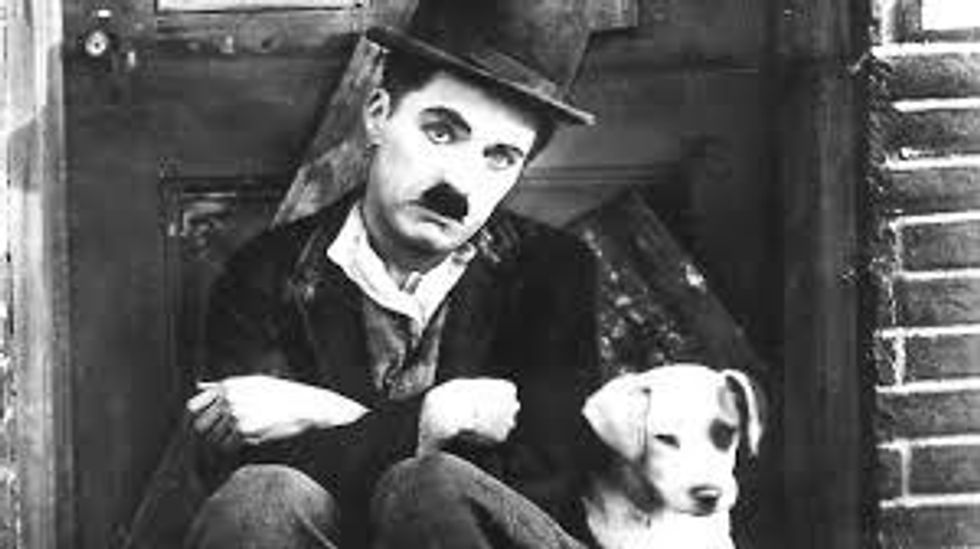It’s very difficult to explain why silent films have become my entertainment of choice. Especially when so many movie fans get their image of silent movies from Singing in the Rain, Sunset Boulevard or The Three Amigos instead of viewing the films first-hand.
Silent movies occupy that mysterious chasm between sound films and books. In a sound movie, the viewer is shown everything they need to know through dialogue or imagery. They don’t have access to the character’s thoughts; unless, of course, the filmmaker resorts to a voice-over or a corny Dear Diary scene.
Silent films, on the other hand, are able to invite the viewer into the character’s head invisibly through carefully placed intertitles. Even better, if the title writer is clever enough (and they often were), the viewer could follow an elaborate conversation with only two or three intertitles. Our imaginations—and our lip reading skills—provide the rest.
This stimulation of the imagination is really what sets silent films apart from sound. The audience is allowed to project their own images of romance and adventure onto the characters. This is one reason why a good silent film will have a nearly hypnotic effect on the viewer.
Most people are used to thinking of silent films as primitive sound movies. This is as inaccurate as saying that oil painting is primitive photography. More advanced technology often supplants an older art form but that does not mean that the old way was inherently inferior.
Silent film died suddenly at the onset of the Great Depression and became a punch line for bad jokes. One of the saddest things I have ever seen is The Camera Speaks, a 1934 short film written by and starring Billy Bitzer. Bitzer was D.W. Griffith’s cameraman and cinematographer for such films as Birth of a Nation, Intolerance, Way Down East and Broken Blossoms. In The Camera Speaks, he spends the entire short film heckling the “primitive” filmmaking and acting of the silent era. Archive footage of Charles Ray, Gloria Swanson and Bobby Vernon are played with snarky commentary.
Bitzer remains one of the most famous cameramen of the early motion pictures entirely due to his silent work with Griffith. It’s sad to see a veteran speak disparagingly of his craft. But that was the fate of many silent era performers and technicians.
Silent cinema is only just starting to receive the respect and recognition that it deserves. Year of neglect, though, have left its reputation in tatters with the movie-going public.
A silent movie in good condition and presented with a tasteful score is the ideal remedy for skeptics.









 The minimum wage is not a living wage.
StableDiffusion
The minimum wage is not a living wage.
StableDiffusion
 influential nations
StableDiffusion
influential nations
StableDiffusion











